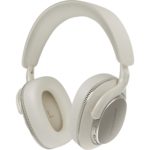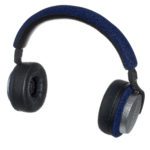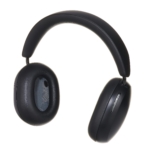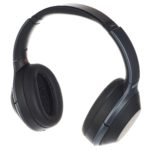he Bowers & Wilkins Px7 S3 is a roundly improved update to its successful predecessor and confidently maintains its pole position.
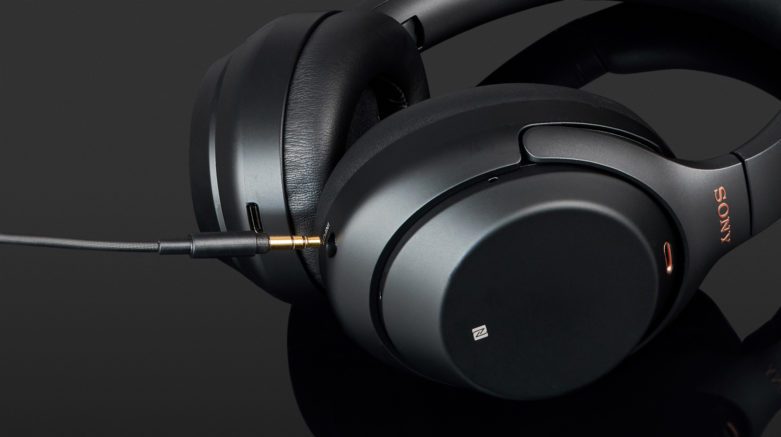
Relax and enjoy
With noise-cancelling headphones you can escape your daily routine. Fade out annoying background noise and dive into your own sound world or just enjoy the silence. Frequent travelers or office workers not only use this type of headphone for more listening pleasure, but also for peacefulness and quietness.
Active and passive noise canceling
Noise-cancelling headphones reduce unwanted low-frequency noise thanks to active electronics (ANC). The ambient noise from the outside is detected by microphones and the headphone’s electronics then generate these (noise) waves but with 180 degrees out of phase. These anti-sound waves and the noise then get mostly extinguished. Good models achieve his acoustic trick without distorting the sound of the original material. The correct ear-cup design (over-ear or on-ear) ensures that unwanted noise in the mid-range and high-range gets absorbed (so called passive noise cancelling). There are also headphone models that only rely on passive noise cancelling, but these are not nearly as powerful as the active models.
Advantages and disadvantages of noise cancelling headphones
Biggest advantage: Mainly audiobooks and film scores, which usually have a much larger dynamic range than music, can be played much quieter, because the ambient noise does not have to be drowned out.
Disadvantage: The active electronics of the noise cancelling headphones require batteries or rechargeable batteries. But with play times of usually 25 to 30 hours per battery it’s enough for a long-haul flight.
Many models can also be used as normal headphones when the noise cancelling electronics are turned off or the battery is empty. With good models, there will be no sound difference to the operation with active noise canceling.

